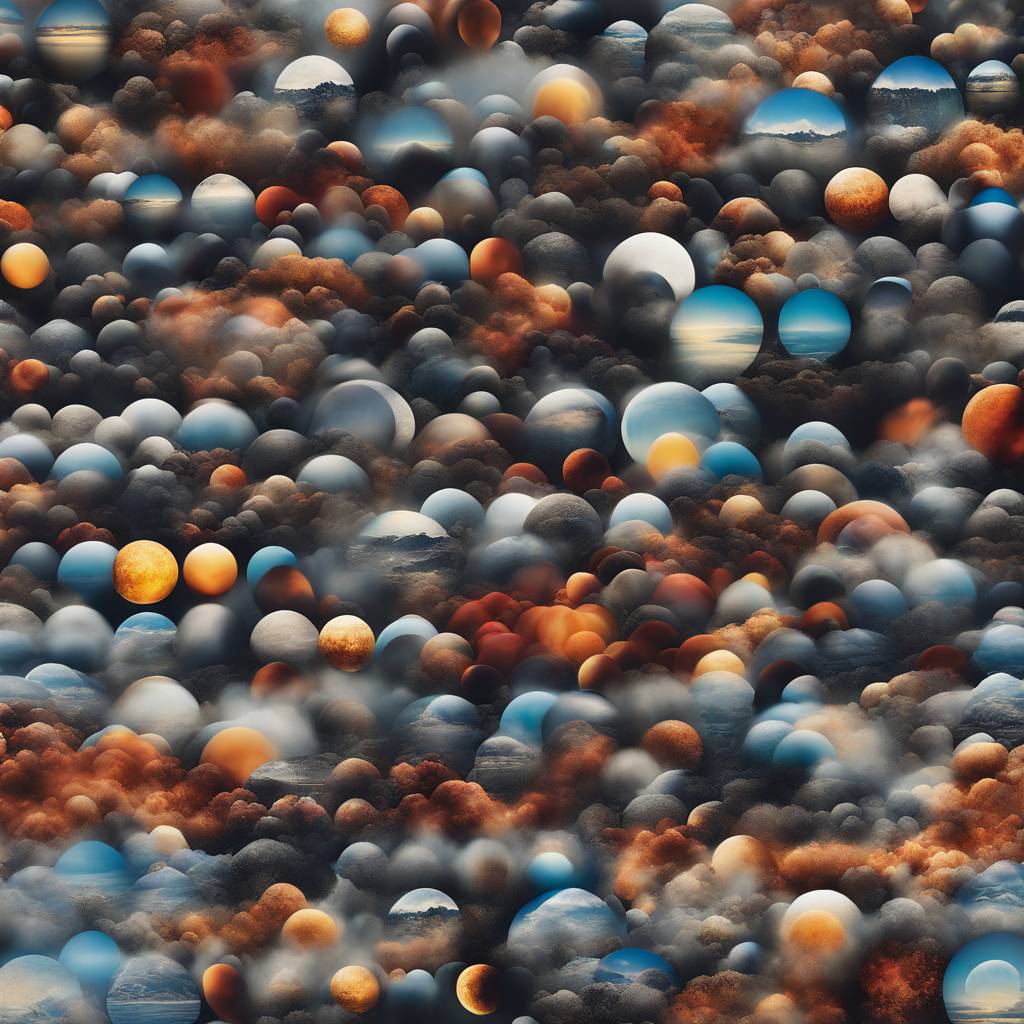The upcoming total solar eclipse, set to take place on Monday, is typically seen as a visual experience, but historically, it has been challenging for individuals with blindness or low vision to fully engage in. In an effort to make the eclipse more accessible, various groups have developed tools and educational materials to allow those with visual impairments to participate in the event. The University of Montreal’s Trottier Institute for Research on Exoplanets, along with the Montreal Science Centre, are providing resources for individuals with low vision in Canada, including the use of LightSound solar eclipse sonification devices. These devices, developed in 2017, convert light intensity to sound, allowing individuals to experience the eclipse through auditory means.
The LightSound devices, which will be available at the Montreal Science Centre during the eclipse, offer a unique way for individuals with low vision or blindness to perceive the changes in light during the event. The devices emit a change in musical tone as the moon eclipses the sun, creating a multi-sensory experience for users. Daniella Morrone, an education specialist at Discover the Universe, emphasizes that the eclipse can be observed using tools like the LightSound device, providing a different perspective on the event beyond visual observation. Additionally, there are natural ways to experience the eclipse, such as feeling the temperature drop and listening to the birds singing evening twilight songs if one is on the path of totality.
The Trottier Institute is also focusing on enhancing education accessibility for individuals with low vision through the distribution of tactile books about eclipses. Developed by the NASA Solar System Exploration Research Virtual Institute, these books utilize raised surfaces and contrasting textures to explain the Earth-moon-sun system, various eclipse configurations, and paths of totality for past solar eclipses. The institute has customized the books by adding French braille labels alongside the English braille already included, ensuring that individuals with low vision have the opportunity to learn and engage with the astronomical event. Heidi White, outreach officer at the Trottier Institute, stresses the importance of allowing as many people as possible to witness the total solar eclipse and have a transformative experience.
The efforts to make the total solar eclipse more accessible for individuals with low vision highlight a shift towards inclusivity in astronomy education. Historically, astronomy has been a visual science, presenting challenges for those with visual impairments. However, recent developments in tools and resources have opened up new opportunities for individuals with low vision to participate in astronomical events like solar eclipses. By incorporating multi-sensory experiences, such as using audio devices like the LightSound, individuals with low vision can engage with the eclipse in unique and meaningful ways. These efforts reflect a commitment to diversity and inclusivity in science education, ensuring that everyone has the chance to experience the wonders of the universe.
Overall, the upcoming total solar eclipse presents a unique opportunity for individuals with low vision to engage in astronomy and experience a transformative event. Through the use of tools like the LightSound devices, tactile books, and other resources, organizations are working to make the eclipse more accessible and inclusive for everyone. By utilizing multi-sensory experiences and educational materials, individuals with low vision can enhance their understanding of the eclipse and participate in the awe-inspiring event. This shift towards inclusivity in astronomy education is a positive step towards broadening participation and ensuring that all individuals have the opportunity to explore and appreciate the wonders of the universe.


